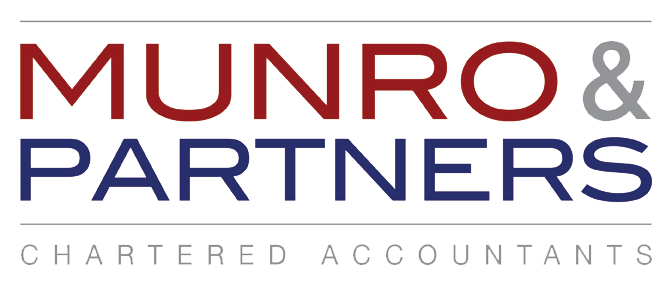The field of software development is constantly changing, with new technologies emerging and evolving at a rapid pace.
That means there’s plenty of opportunity for innovation, and businesses that carry out cutting-edge work can claim tax relief in the form of research and development (R&D) tax credits.
This relief is often misunderstood by business owners, and many have not claimed what they’re entitled to as a result.
Awareness appears to be steadily rising, however, with the latest data showing 48,635 R&D claims have been made so far for the 2017/18 tax year.
Almost a quarter of those claims were made by businesses in the information and communication sector, amounting to just over £800 million.
R&D tax credits explained
There are two types of tax relief available for R&D projects – SME R&D relief, and the R&D expenditure credit, or RDEC.
SME R&D relief can be claimed by companies that have a turnover of under 100 million euros or a balance sheet total under 86 million euros, and employ less than 500 staff
This scheme provides tax relief for innovative projects, by allowing companies to deduct an extra 130% of their qualifying costs from their yearly profit, on top of the normal 100% deduction.
It also allows companies that are loss-making to claim a tax credit worth up to 14.5% of the surrenderable loss.
The RDEC is a separate tax credit, which can be claimed by large companies or small businesses that have been subcontracted by a qualifying company for R&D work.
What counts as R&D?
To qualify, your R&D work must be part of a specific project that seeks an advance in science or technology.
It must relate to your company’s trade, whether that’s something you do now or something you’re planning to do as a result of the research.
Software development should receive the same treatment as any other technological activity when it comes to the R&D rules.
When you come to submitting a claim, you’ll need to show that your project falls within HMRC’s definition of R&D, in that it aims to make a scientific or technological advance, overcoming uncertainties that couldn’t easily have been resolved by professionals in your field.
It has to be an advance in the overall field of software development, not a new product built on existing technologies, and not just something that’s new to your knowledge.
This can be a problem in a sector as fast-moving as software development, where work that met the definition of R&D as little as a year ago could already have been covered by another company.
To save yourself from spending hours applying for relief, only to find your R&D work has been done before, you can submit a draft claim to HMRC for prior approval.
It’s also a good idea to speak to an R&D expert for a second opinion before you go ahead.
How can software development qualify?
There are two main ways in which the money you spend on the creation of software can qualify for R&D relief.
Developing software as the goal of the R&D project
A software product could be the end-goal of your R&D project.
It doesn’t matter whether this is a product you’re planning to use in-house, license out or sell – as long as it meets the other rules for R&D relief, the cost of developing it could still qualify.
For example, your project could qualify for relief if you’re developing a new cybersecurity system that uses previously untried methods of data encryption.
Developing software as part of the R&D project
The other way your expenditure could qualify is if you’re developing software as a tool for use in a larger R&D project.
That project doesn’t have to be about software itself, and could be seeking an advance in another scientific field.
If you’re working on innovative research in the field of physical science, for instance, and you create a new kind of simulation software that allows you to carry out analysis you couldn’t have carried out before, these costs could be considered in an R&D claim.
Contact us
At Munro & Partners, we’ve helped several software development business owners carry out successful R&D claims, and we aim to make the whole process as smooth as possible.
We can talk you through the rules, assess your business’s eligibility for R&D relief, and submit a claim on your behalf.
Get in touch to talk about preparing a claim, or find out more about our services for software developers.

